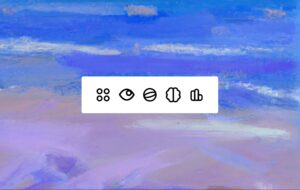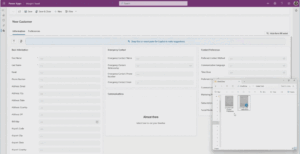Images in the Style of Studio Ghibli by OpenAI Ignite Discussion on AI and Copyright

OpenAI’s Studio Ghibli-Style Images Spark AI and Copyright Discussion
The creation of images inspired by the beloved works of Studio Ghibli by OpenAI has reignited an ongoing debate about the intersection of artificial intelligence and copyright law. As AI technology continues to advance, questions surrounding intellectual property rights become increasingly complex.
Understanding the Use of AI in Image Generation
What is OpenAI?
OpenAI is a leading artificial intelligence research organization that aims to promote and develop friendly AI for the benefit of humanity. It has developed various models and tools that generate text, images, and other content based on user inputs.
How AI Generates Images
AI image generation involves the use of algorithms and deep learning to create pictures based on given prompts. These systems analyze massive datasets, identifying patterns and styles to replicate artistic techniques. The recent images generated by OpenAI have specifically drawn inspiration from the iconic style of Studio Ghibli, known for its lush animation and whimsical storytelling.
The Impact on Copyright Law
Current State of Copyright Law
Copyright law protects original works of authorship, including literature, art, music, and more. Traditionally, it grants exclusive rights to creators, allowing them to control how their work is shared and reproduced. However, the emergence of AI-generated content challenges these established rules.
Key Concerns
Originality: One of the main debates centers around whether AI-generated images can be considered original works. Since these images are derived from existing styles and datasets, determining their ownership and legality becomes convoluted.
Attribution: When an AI system mimics a particular artist’s style, questions arise about whether the original artist should be credited. This brings into focus the moral rights associated with an artist’s work, especially in cases where their style is closely replicated.
- Market Competition: There are worries that the rise of AI-generated art could undermine the livelihood of human artists. If AI can produce high-quality images more quickly and at a lower cost, traditional artists may find it more challenging to compete in the market.
Reactions from the Artistic Community
Support for AI Art
Some members of the artistic community view AI-generated art as a new frontier. They argue that it can serve as a tool for inspiration and creativity, allowing artists to explore new styles and ideas. For many, the collaboration between human artists and AI can lead to innovative forms of expression.
Criticism of AI Art
On the other hand, numerous artists have voiced concerns about the implications for their work. Many feel that AI-generated images undermine the hard work and unique vision that human creators put into their art. They worry that as AI becomes more prevalent, the appreciation for traditional artistry may decline.
The Path Forward
Legal Framework Adaptations
As the use of AI in creative fields expands, there is a pressing need to reconsider and potentially reform existing copyright laws. Policymakers, artists, and tech companies must collaborate to create a legal framework that addresses the challenges posed by AI-generated content.
Ethical Considerations
Beyond legal aspects, ethical questions also arise. How can AI systems be developed responsibly while respecting the rights of human artists? Deciding how to manage these technologies will be crucial in fostering an environment that values both innovation and artistic integrity.
Conclusion
OpenAI’s venture into creating Studio Ghibli-style images highlights the complex relationship between artificial intelligence and copyright law. While there are opportunities for creativity and collaboration, significant challenges must be addressed to protect the rights of human artists and ensure fair use of AI technology. The ongoing discussions will likely shape the future landscape of both art and technology.






